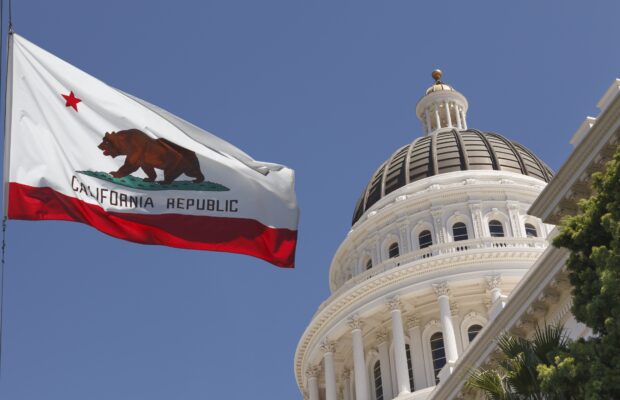The San Francisco Planning Director issued a Bulletin in December 2017 explaining how SB 35 will be implemented locally now that it is effective, as of January 1, 2018. Among other things, the Bulletin includes a new ministerial Planning Code exception process for qualifying 100% affordable housing projects.
As explained in our prior SB 35 post, the bill creates a temporary (until January 1, 2026) streamlined, ministerial — i.e., no CEQA — approval process for certain housing projects in localities that fall short on regional housing needs assessment (RHNA) production goals or fail to provide specified annual housing production reports. San Francisco has not met its RHNA goal for affordable housing below 80% AMI; therefore, projects proposing at least 50% of the residential units at 80% AMI or below qualify, so long as all other eligibility criteria are met. The Bulletin and our prior SB 35 posts contain more information about that criteria, including compliance with prevailing wage and workforce requirements.
State Density Bonus projects are treated differently under SB 35, as explained in our prior SB 35 post. When application of the State Density Bonus Law results in an inconsistency with “objective zoning and design review standards,” that inconsistency is excused for purposes of applying SB 35. However, for other projects, a required Planning Code exception (e.g., rear yard exception) would typically disqualify the project from SB 35 processing because that project would not be consistent with all applicable objective zoning standards.
The Bulletin addresses this issue, at least for certain 100% Affordable Housing Projects (as defined under Planning Code Section 315) that are not State Density Bonus projects under Planning Code Sections 206.5 or 206.6. The Bulletin provides that such projects “will be considered to be consistent with the objective controls of the Planning Code” and thus eligible for SB 35 processing — notwithstanding a requested Planning Code exception(s) — so long as (i) the 100% Affordable Housing Project is otherwise eligible for SB 35 and (ii) the requested Planning Code exception(s) is equal to or less than the Planning Code modifications automatically granted to a 100% Affordable Housing Bonus Project under Planning Code Section 206.4, which relate to rear yard, dwelling unit exposure, off-street loading, off-street parking and open space requirements, provided that certain criteria are met.
To illustrate, a 100% Affordable Housing Project that meets the applicability criteria under Planning Code Sections 315 and 206.4 could provide common usable open space in an inner courtyard without meeting Planning Code Section 135(g)(2) requirements related to the heights of adjacent walls and still potentially be eligible for SB 35 processing under the Bulletin — even if the project is not a 100% Affordable Housing Bonus Project or a State Density Bonus project.



